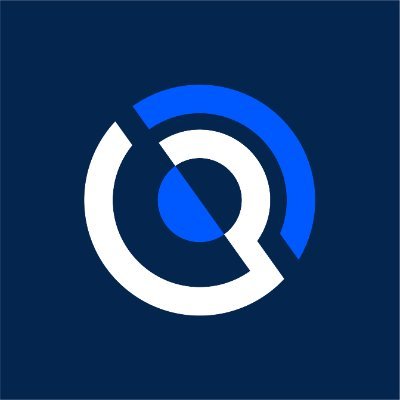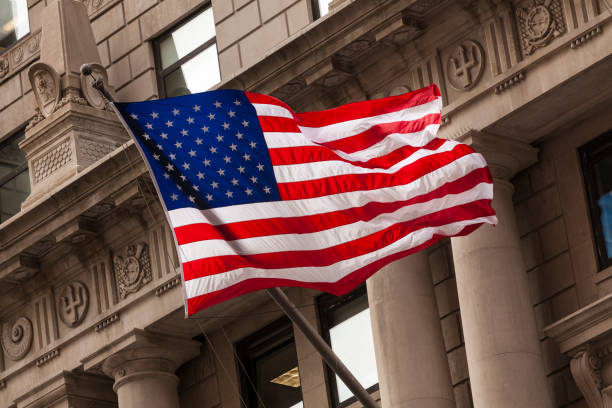O YouTube permitirá que os criadores optem por empresas terceirizadas para usar seu conteúdo para treinamento de IA

De acordo com um anúncio da equipe do YouTube em 16 de dezembro, a plataforma de compartilhamento de vídeos permitiria aos criadores escolher se empresas terceirizadas podem usar seu conteúdo para treinamento em IA. A plataforma de mídia social confirmou ainda que a nova atualização fazia parte do plano do YouTube para dar aos criadores mais controle sobre como empresas terceirizadas podem usar seu conteúdo.
A equipe do YouTube explicou que as configurações padrão da plataforma terão a atualização desativada, indicando que um criador não deseja que empresas terceirizadas utilizem seu conteúdo. A plataforma acrescentou que a decisão de ativar a atualização permitiria ao YouTube compartilhar vídeos de criadores qualificados com empresas terceirizadas escolhidas. Os criadores qualificados incluem aqueles que usam o YouTube Studio e o Gerenciador de conteúdo do YouTube Studio.
Outra declaração do YouTube destacou que os criadores poderiam escolher em uma lista de empresas com quem poderiam compartilhar seu conteúdo. Algumas das empresas supostamente na lista incluem Microsoft, Meta, Amazon, Nvidia, Apple, AI21 Labs, OpenAI, Cohere, IBM, ByteDance e muito mais. O YouTude acrescentou que se um criador selecionar ‘Todas as empresas terceirizadas’, qualquer empresa, incluindo empresas não listadas, poderá aproveitar seu conteúdo.
A plataforma supostamente escolheu as 18 empresas listadas na atualização de treinamento de IA devido ao seu progresso na construção de modelos generativos de IA. Eles também escolheram as empresas com maior potencial para colaborar com os criadores. O YouTube confirmou que outras empresas que criam modelos de IA e desejam trabalhar com criadores podem se inscrever no programa.
O YouTube toma as medidas atuais após reclamações dos criadores
O CEO da empresa de vídeos AI Viggle admitiu que eles treinam em vídeos do YouTube. A empresa tentou voltar atrás, mas admitiu quando foi informada de que estava registrado.
As empresas de IA esperam poder normalizar o treinamento em trabalhos protegidos por direitos autorais sem permissão: quando estiver claro que eles estão… pic.twitter.com/RZMc9NxFHt
— Ed Newton-Rex (@ednewtonrex) 26 de agosto de 2024
The YouTube update comes after multiple users complained about big companies like Apple, OpenAI, and Nvidia using their videos to train AI without creators’ consent.
A reported interview this year with the CEO of Viggle Hang Chu revealed that the company had been using publicly available videos to train its AI model. Another interview with the OpenAI CTO Mira Murati in the Wall Street Journal revealed that the AI company used publicly available content to train the Sora AI model.
Google and YouTube have also been subject to similar accusations. Several users highlighted that the companies used their content without consent or compensation. The video-sharing platform assured users in September that it would address the issue.
The platform announced the launch of AI detection tools to protect all creators. Content ID is an identification program that will allow partners to detect and manage AI content on the platform that uses their voices. The second tool will allow different parties to identify content on YouTube that uses their faces.
The video streaming platform also promised to uphold its privacy terms, prohibiting the unauthorized access and use of creator content on the platform. The video-sharing service further assured users that it would continue investing in services that detect and prevent illegal access to creators’ content.
YouTube opens creator access to the AI era
The YouTube team revealed in the recent update that the steps it is taking are a way to open up creators to the AI era. The video-sharing platform insisted that the update was a way of helping creators understand the value of their content in AI development. YouTube also assured that it would use its users’ feedback to expand features that enable more collaborations between creators and AI companies.
YouTube and Google have notably informed users of their use of creator content to improve products, services, and experiences on the platforms, including AI applications. The video-sharing platform insisted that it uses all content according to updated terms that creators agree to. An example of tools to improve user experience through AI includes the experimental Dream Screen for YouTube Shorts.
A Step-By-Step System To Launching Your Web3 Career and Landing High-Paying Crypto Jobs in 90 Days.





